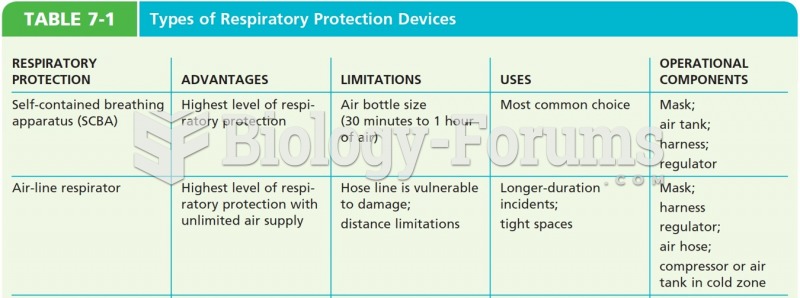|
|
|
Did you know?
Individuals are never “cured” of addictions. Instead, they learn how to manage their disease to lead healthy, balanced lives.
Did you know?
Patients should never assume they are being given the appropriate drugs. They should make sure they know which drugs are being prescribed, and always double-check that the drugs received match the prescription.
Did you know?
Asthma cases in Americans are about 75% higher today than they were in 1980.
Did you know?
By definition, when a medication is administered intravenously, its bioavailability is 100%.
Did you know?
Green tea is able to stop the scent of garlic or onion from causing bad breath.







